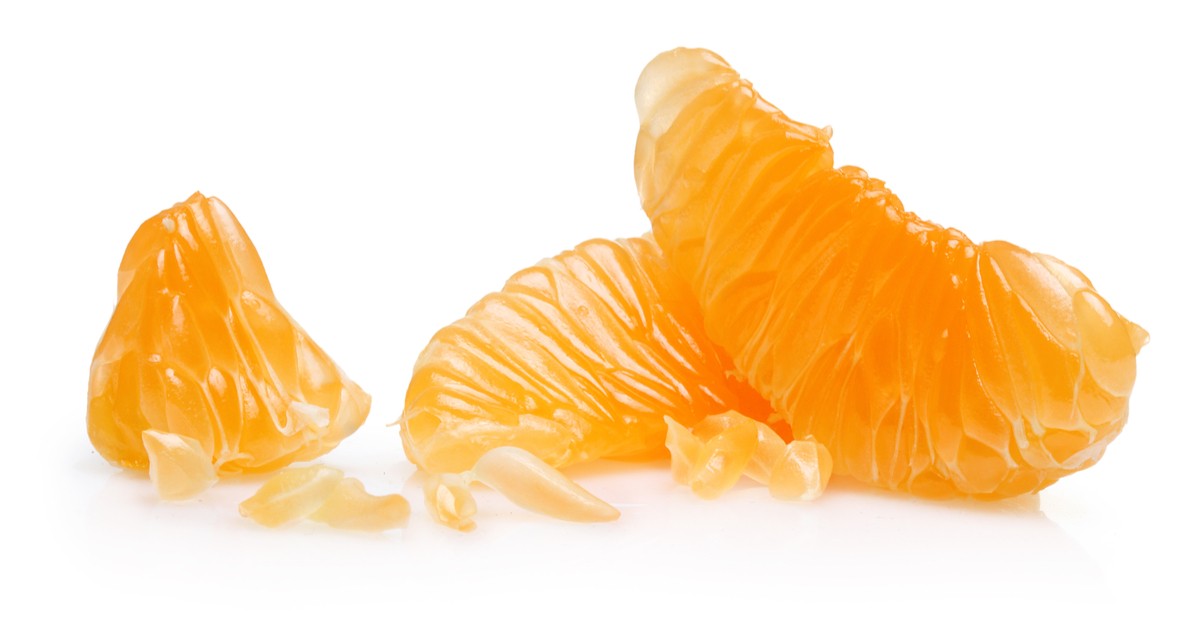The Struggle
This week I have received a surprising amount of questions about Pectinex Ultra SP-L. More so than usual, So, I figured why not give a run down on the ingredient and its uses. So to paint you a picture, think back to the first time you had Mandarin oranges as a youngster. The thought of canned oranges, sounds kind of gross. That is until you pop those bad boys open and realize they have no skins and they are the sweetest oranges you have ever tasted! Granted they don’t really taste like oranges, the fact that they have no skin really makes up for it. Then you realize you can hammer them down without any of the bitter skin getting in the way, no other orange can compare. We’ve all done the next thing, where we peel and orange and attempt to individually peel each segment. It’s a lot of work for a rather unsatisfying outcome. Then you learn to supreme an orange and it’s much better but there is a lot of waste that does into it. There needs to be a better way, and there is. Pectinex Ultra SP-L is an ingredient that does exactly what you want to oranges and any fruit that has pectin. It’s a great ingredient that requires little to no work, but it begs the question
“How do I use Pectinex Ultra SP-L?”
Peeling Out
Pectinex Ultra SP-L is used in a ratio of 1-2g to 1 liter of water. Then simply add in the peeled orange segments and allow them to sit for a few hours or overnight in the refrigerator. Then the next day simply rinse off the excess skin and either serve or store. The food doesn’t need to be heated to deactivate the enzyme and its safe to eat. It is really that simple to use, but how and why does it work?
The white part of the orange commonly referred to as the pith or albedo is made up primarily of pectin. The enzyme that is active within Pectinex Ultra SP-L is known as Polygalacturonase. This is an enzyme that’s sole job in life is to break down pectin. When added to water in small amounts it seeks out the pectin and eats it up. A common misconception is that it makes all the pith disappear. This is not true, it dissolves the pectin within the pith and makes it easy to remove by rinsing it. Another good question is why doesn’t it dissolve the segments themselves? The segments are filled with little pouches of juice known as juice vesicles. We sometimes call this pulp. The skin around the juice vesicles contains no pectin and is actually closer to our hair cells than it is the pith of an orange. This is why the segments are so well protected against the enzyme. As for the skins of the fruit they can be placed in the enzyme bath and have the pith removed. We suggest giving these less time in the bath as the outer skins will eventually break down. The best part about this is that all of the oils in the skin are preserved in their oliferious vesicules. That’s just a fun way to say oil sacs. The reason why this is a good thing is through traditional “zesting” the oil sacs are burst and a lot of the oils are lost. This way they are preserved until the skin is added to a recipe. Remember Pectin is the backbone of almost all fruits and vegetables so try adding it to other things, not just citrus fruits. Pectinex Ultra SP-L also plays a part in making crystal clear fruit juices using the Spinzall. Add 2ml to 500g of any fruit puree about 30 minutes before adding the juice to the spinzall. Once the puree begins to separate it can go into the spinzall. After 10 minutes you are left with a crystal clear fruit juice! Try these out for yourself and see just how well it actually works.
Have a Question? Ask a Chef!
Modernist Pantry is here to help professional and home chefs transform food. We’re honored so many of you reach out to our test kitchen for problem solving and inspiration. Have a question? Click to Ask a Chef!


